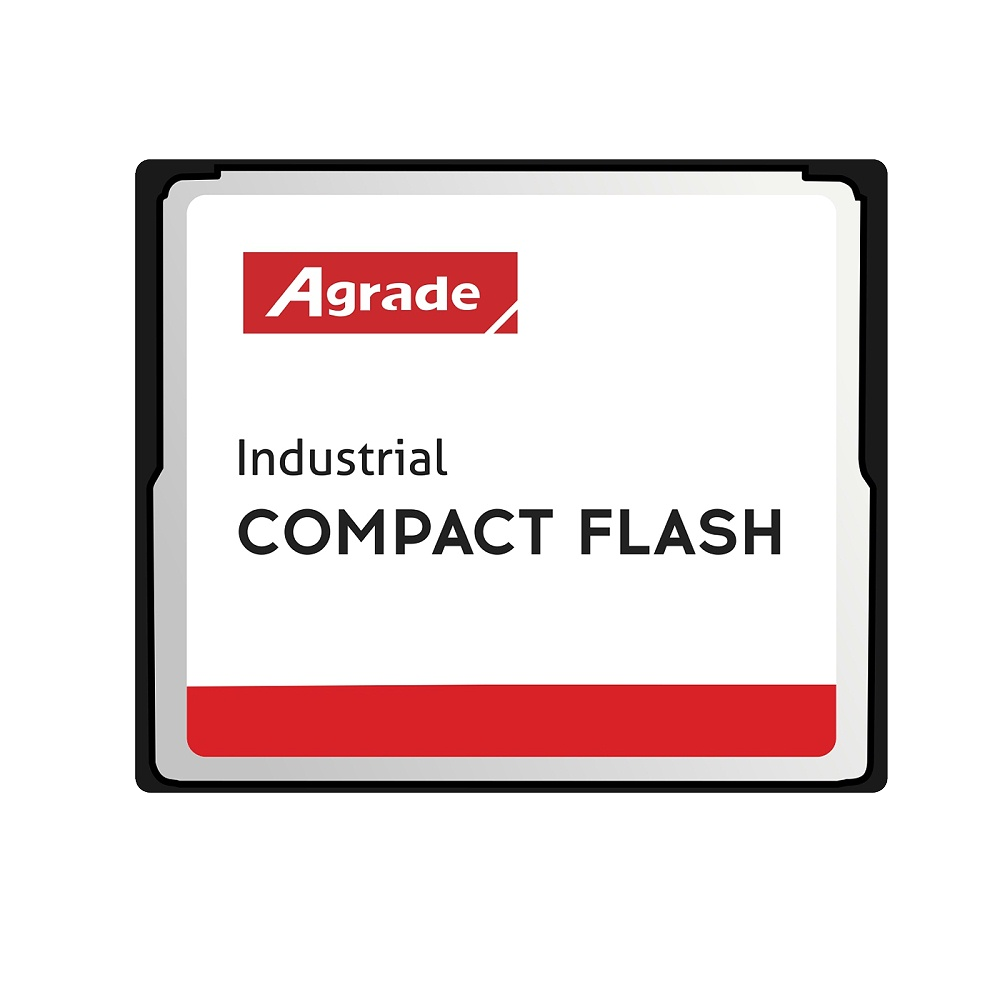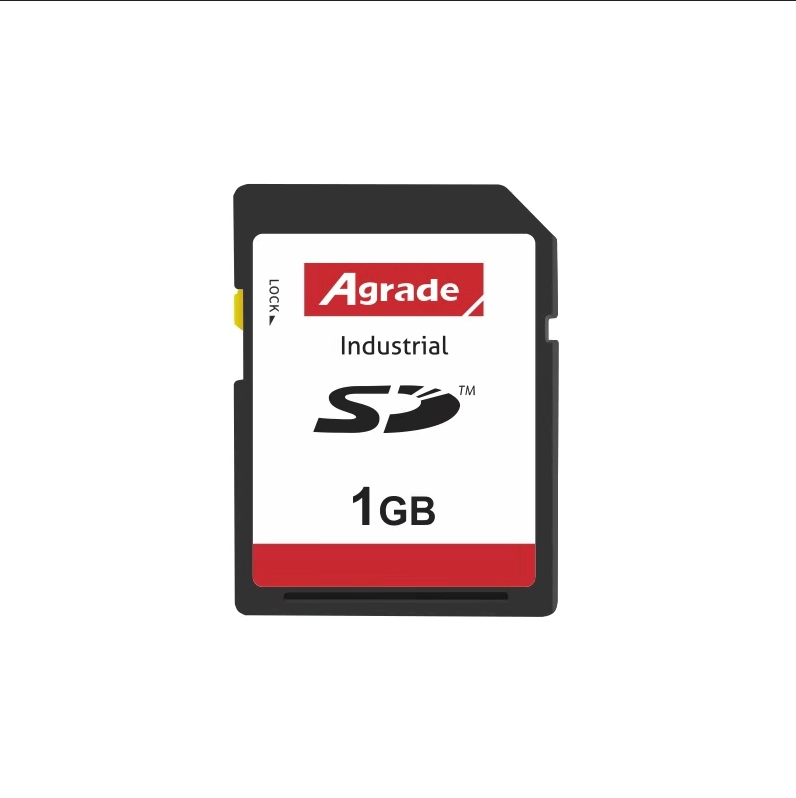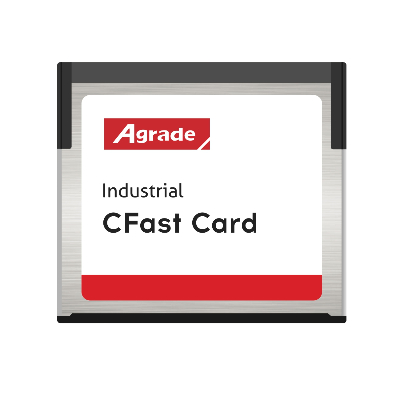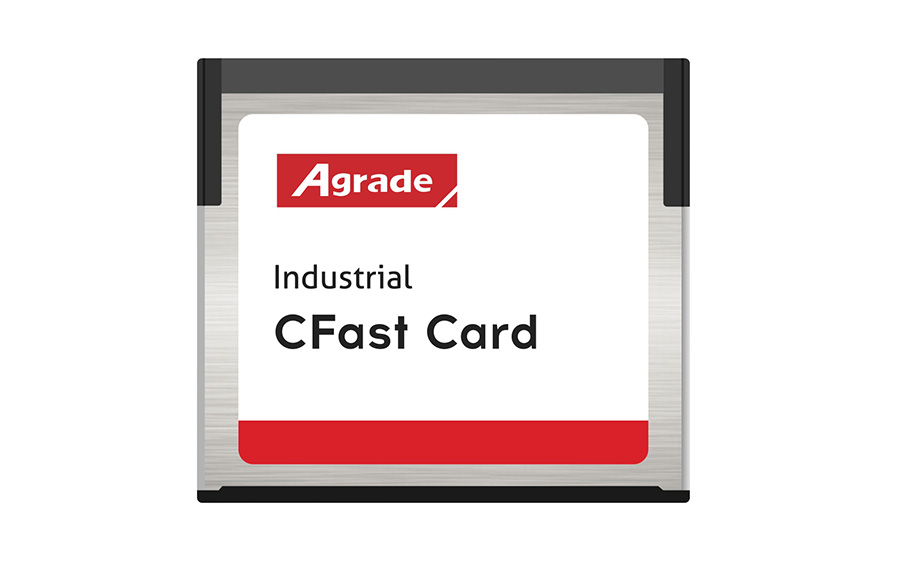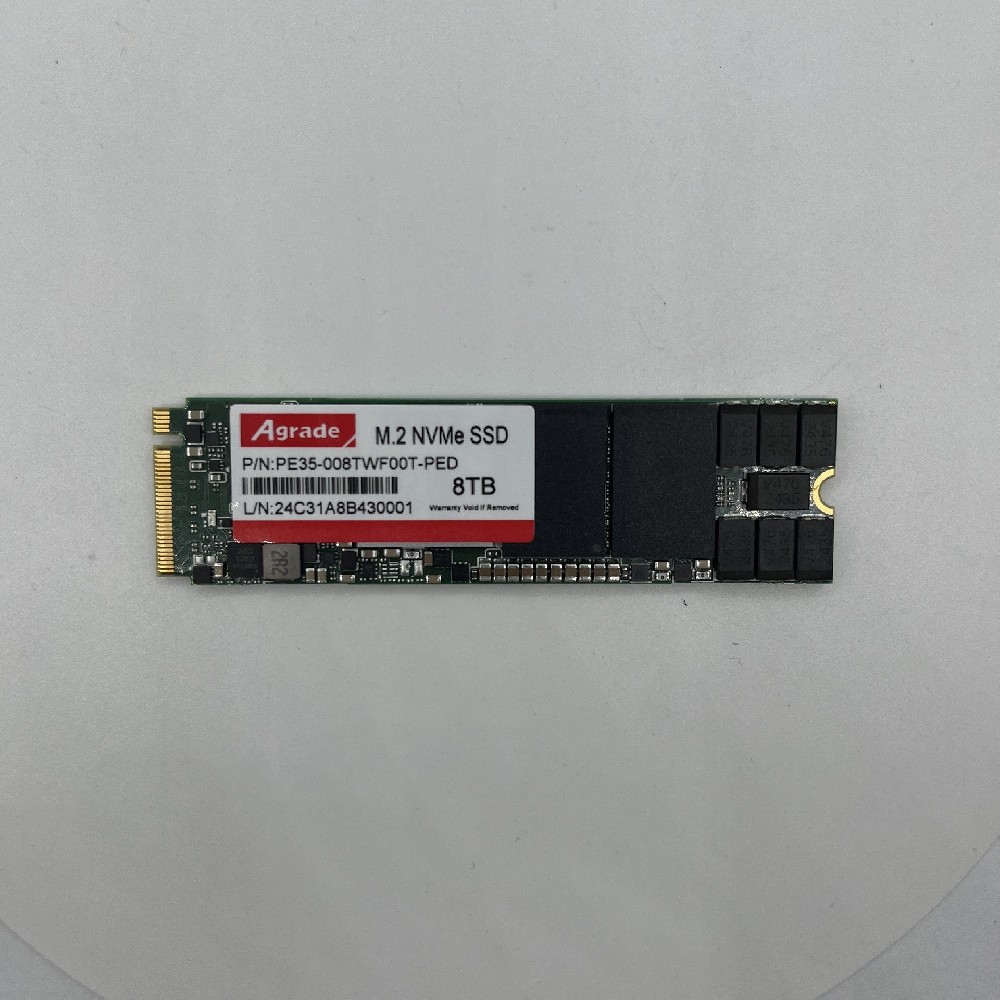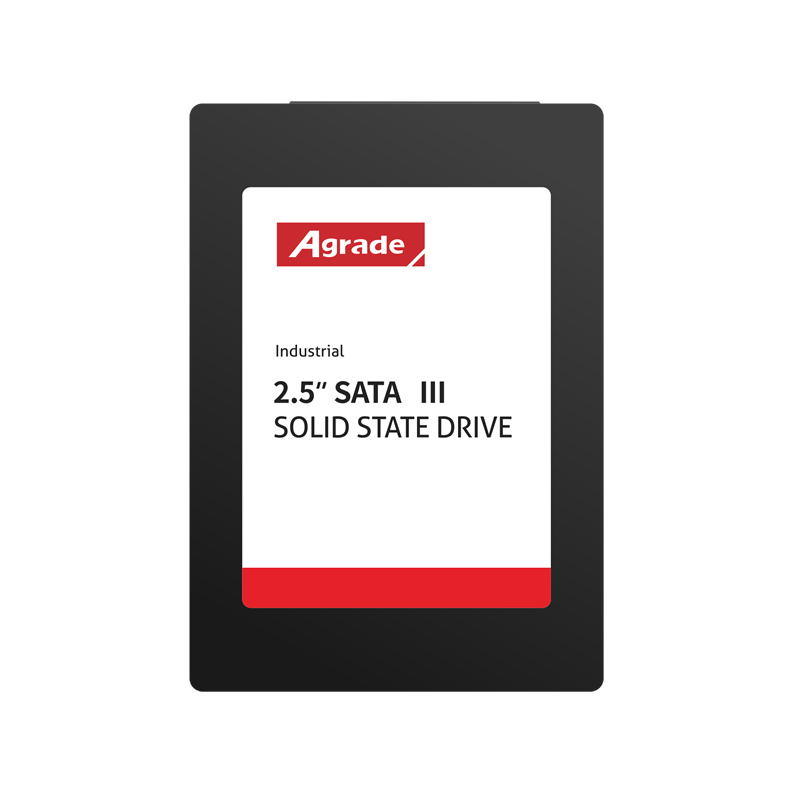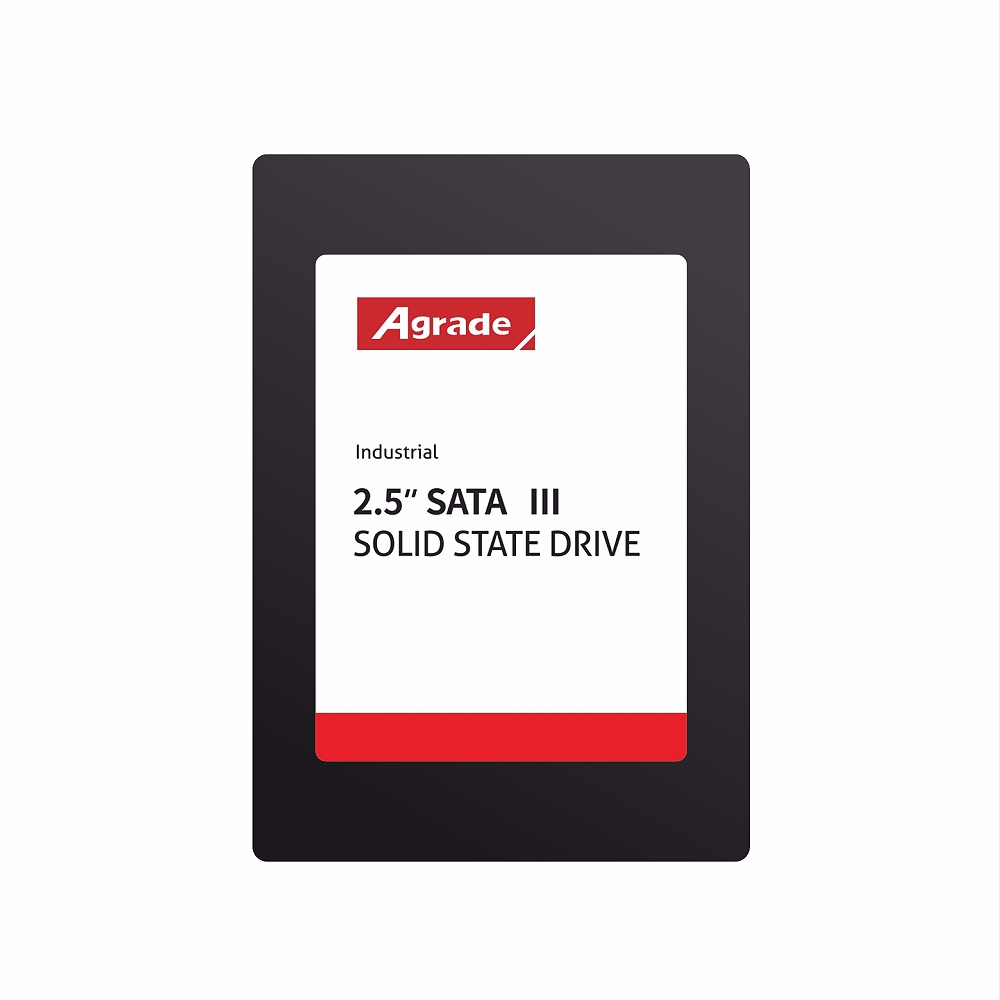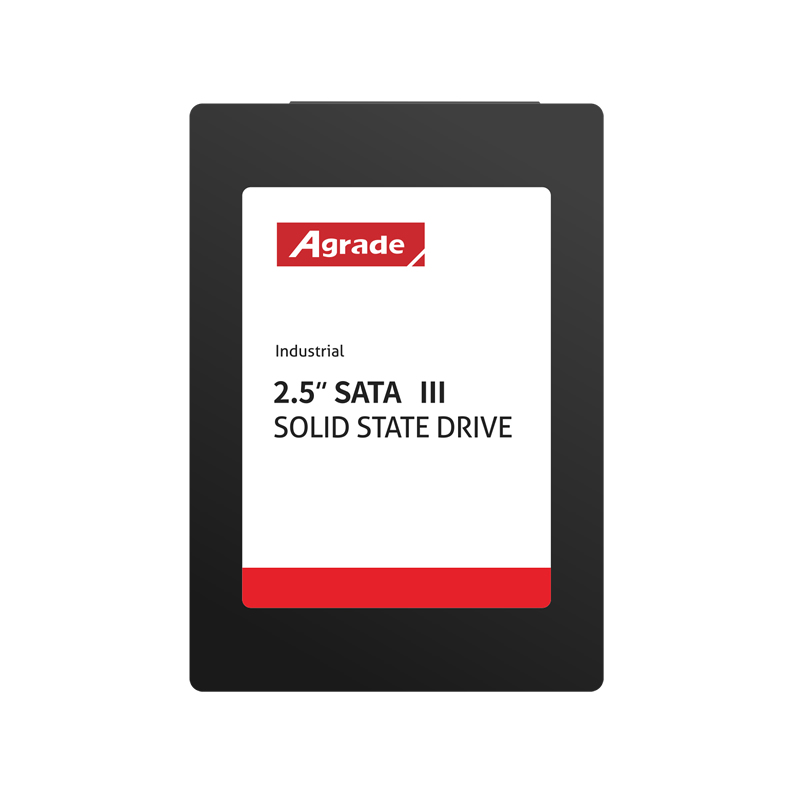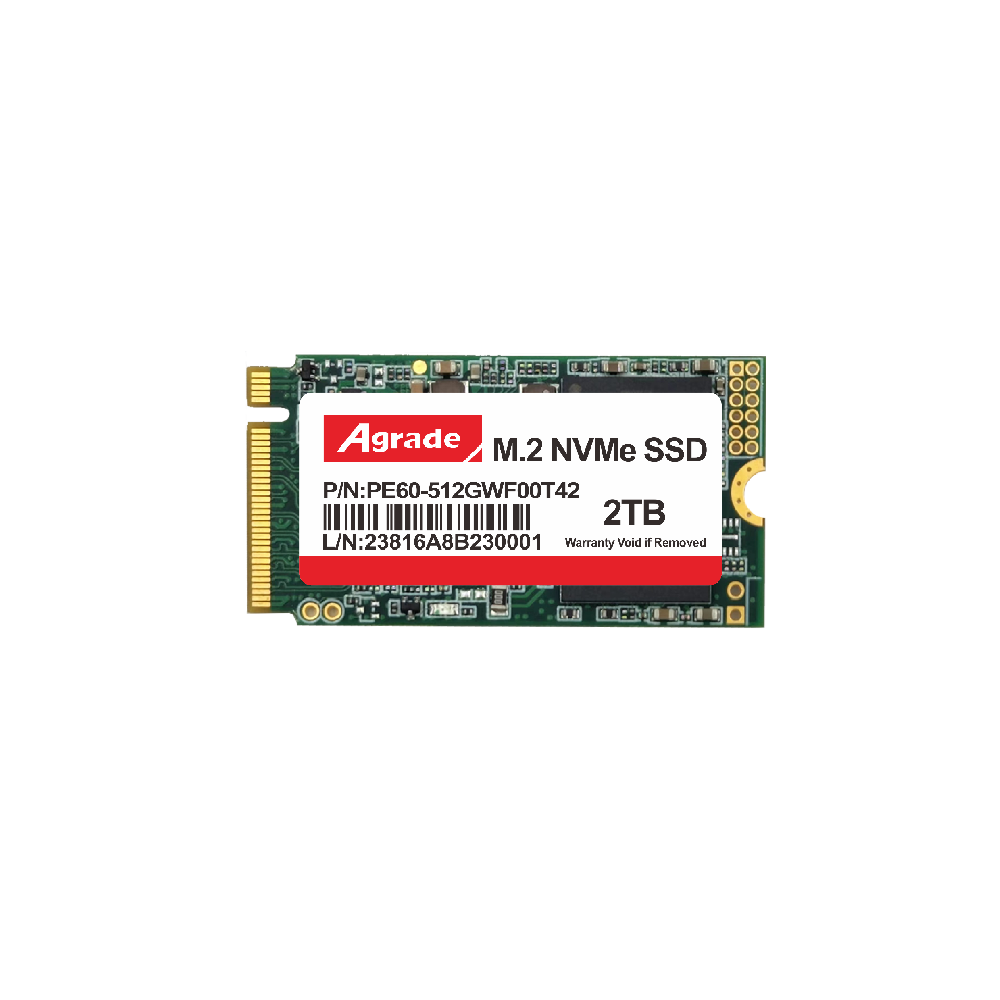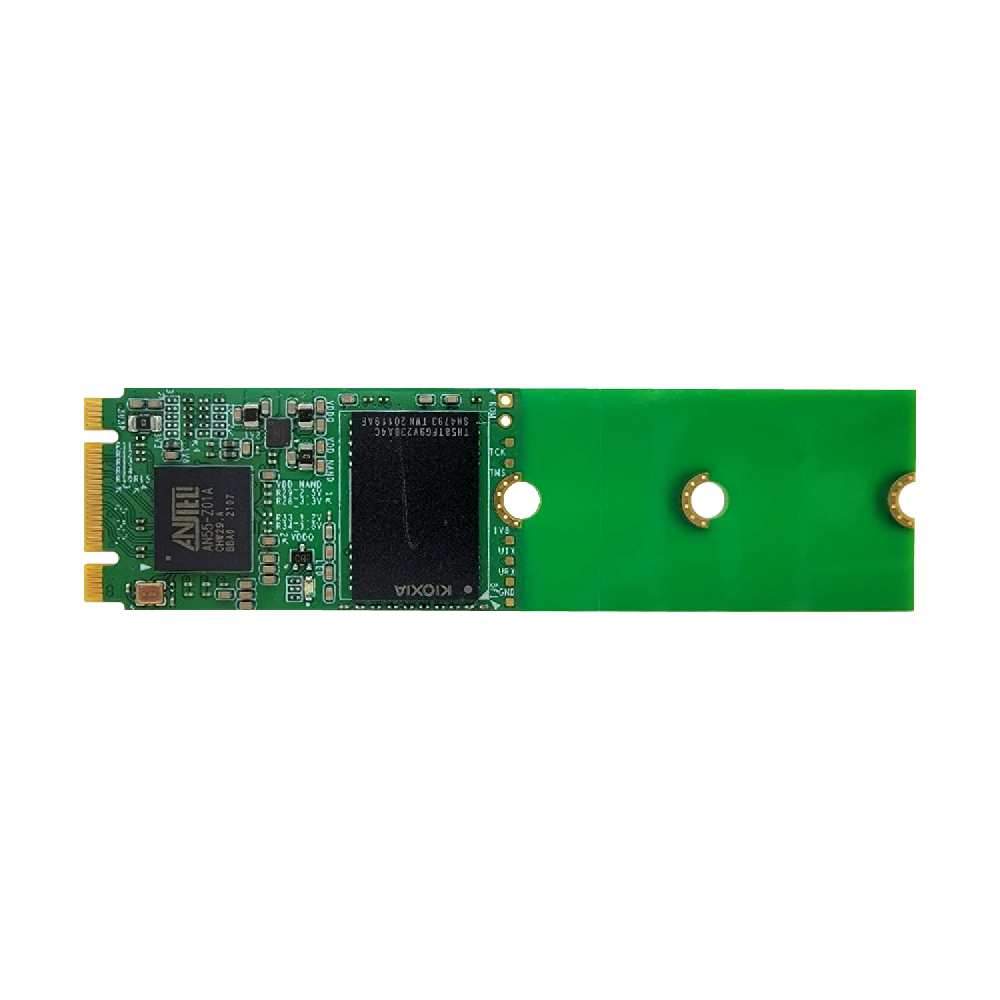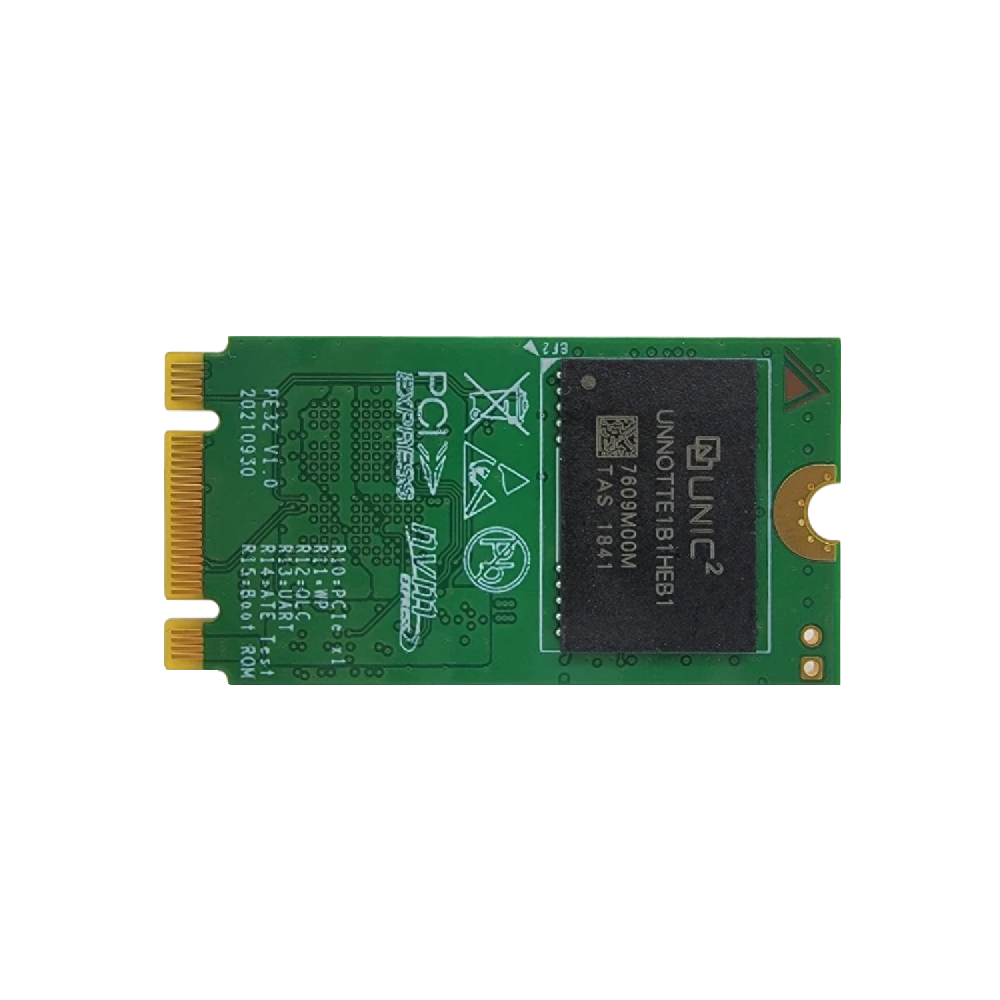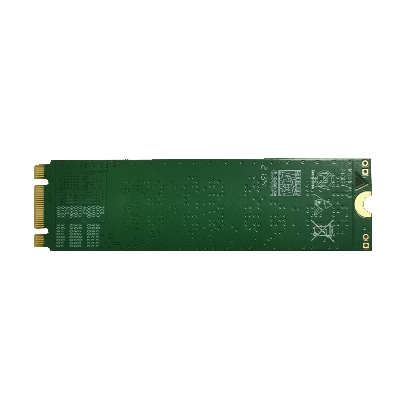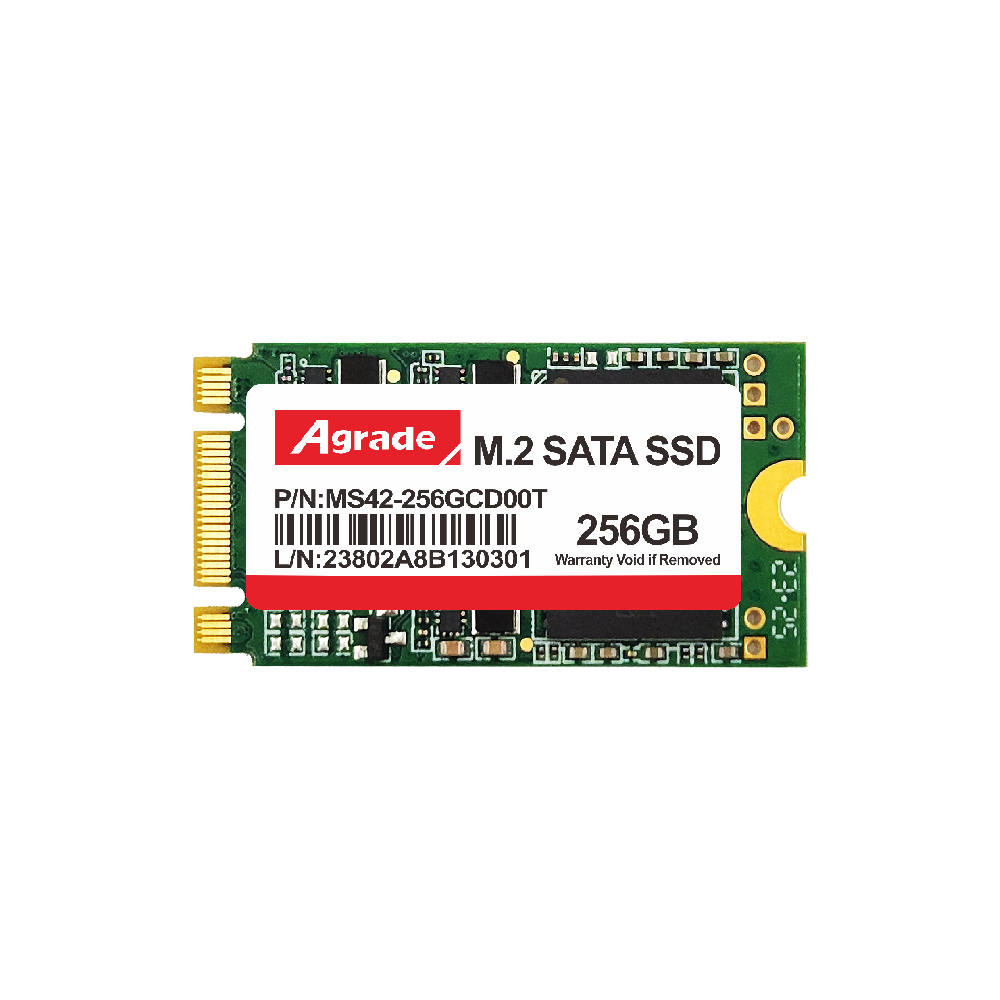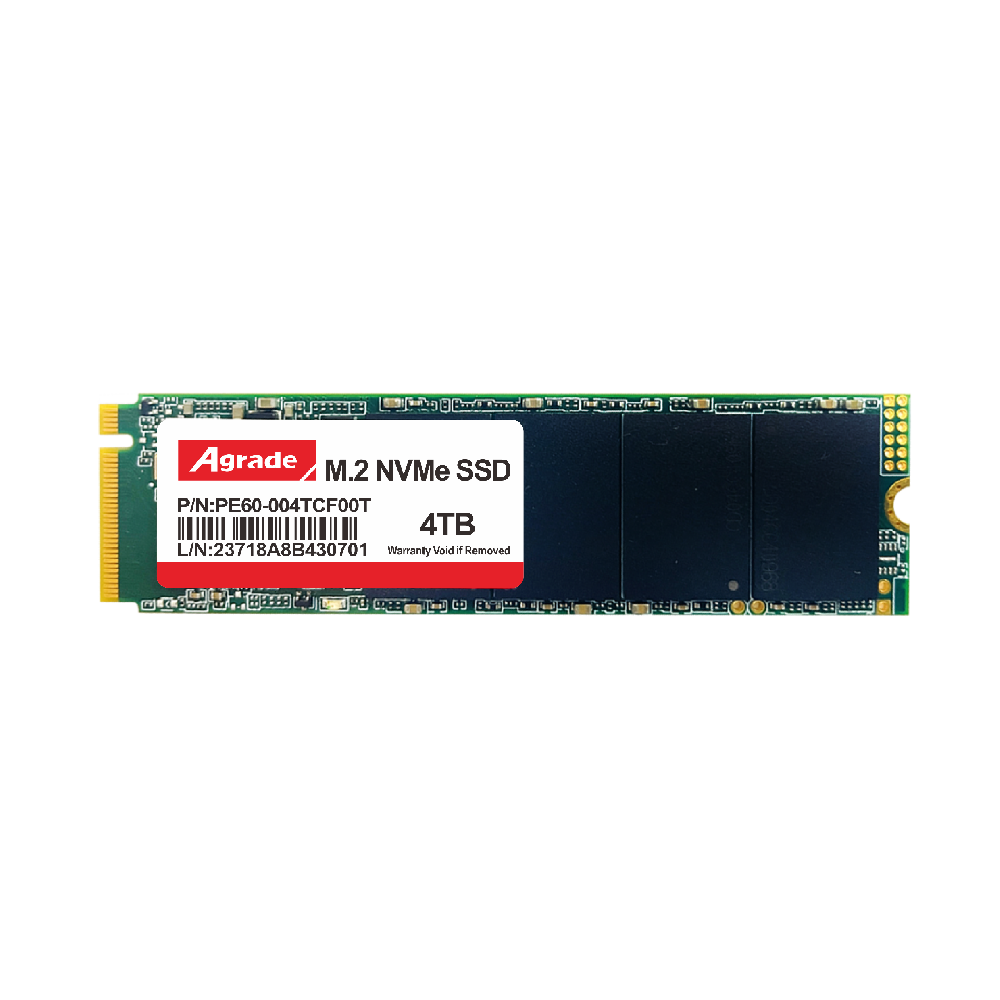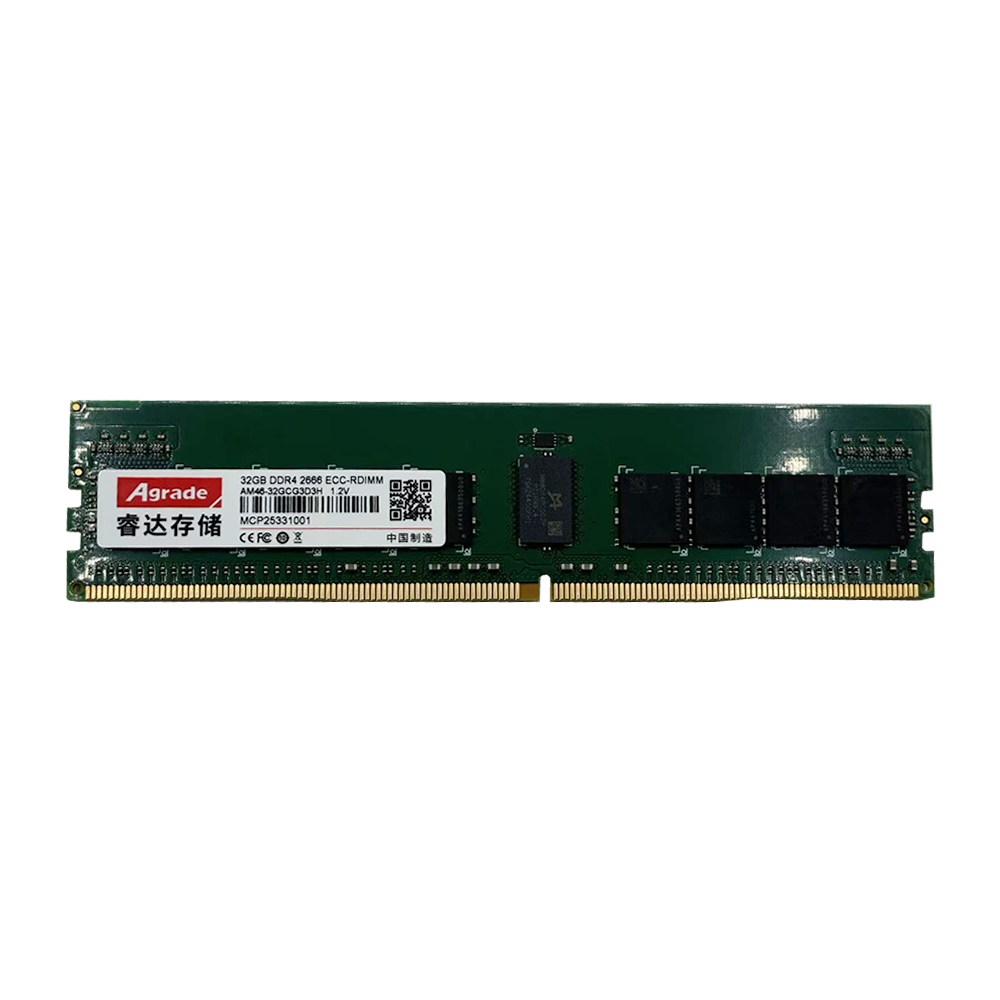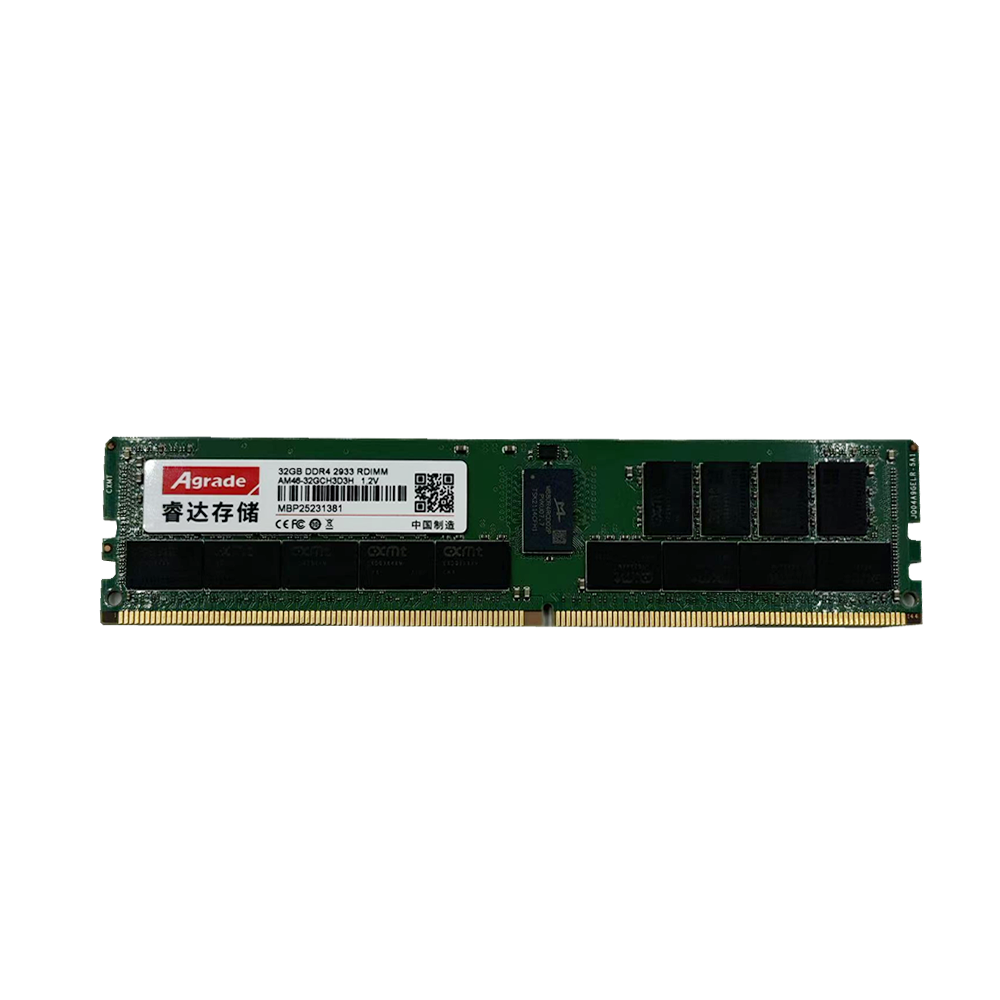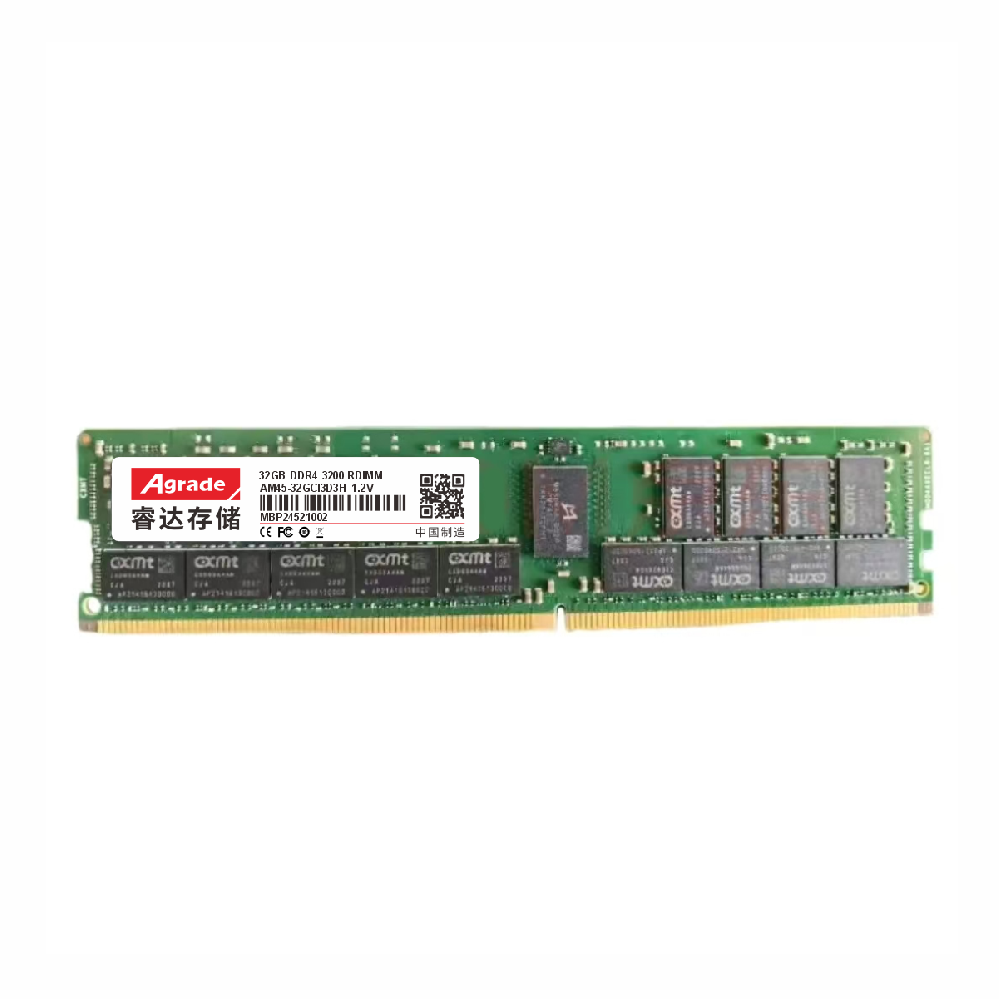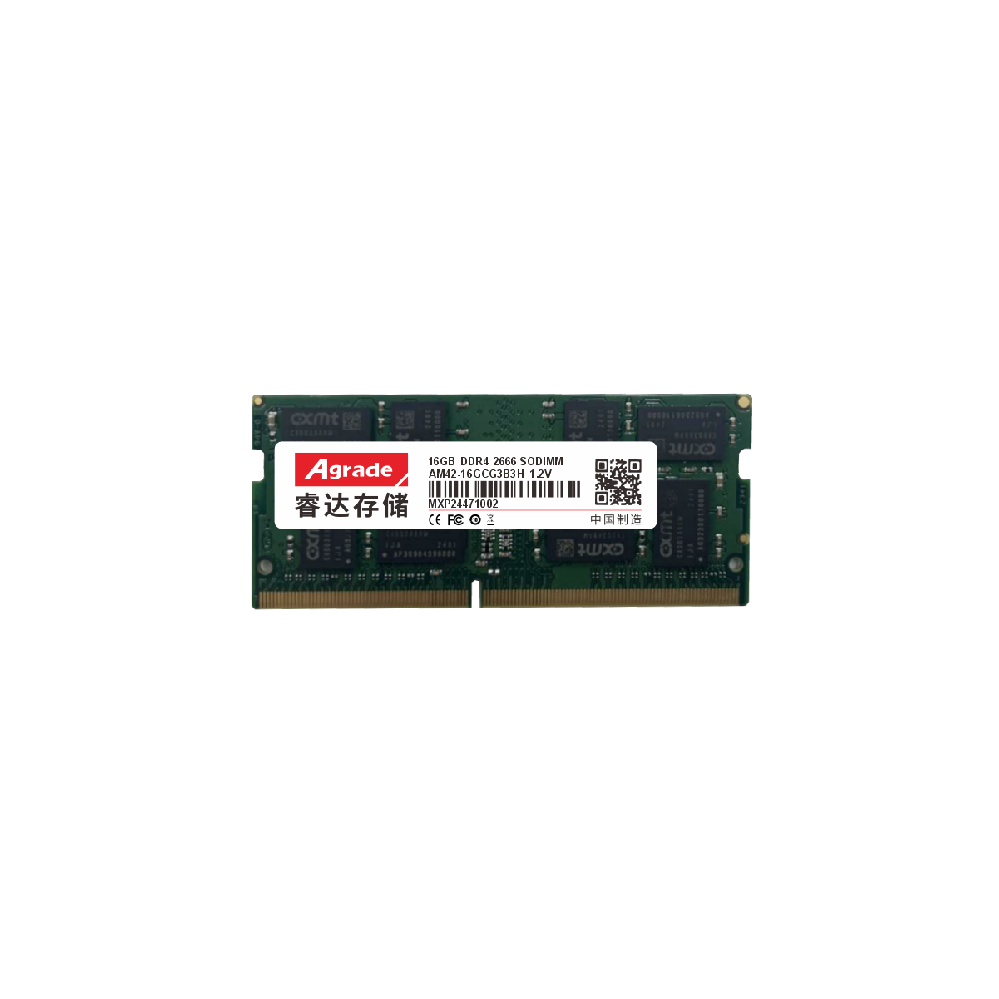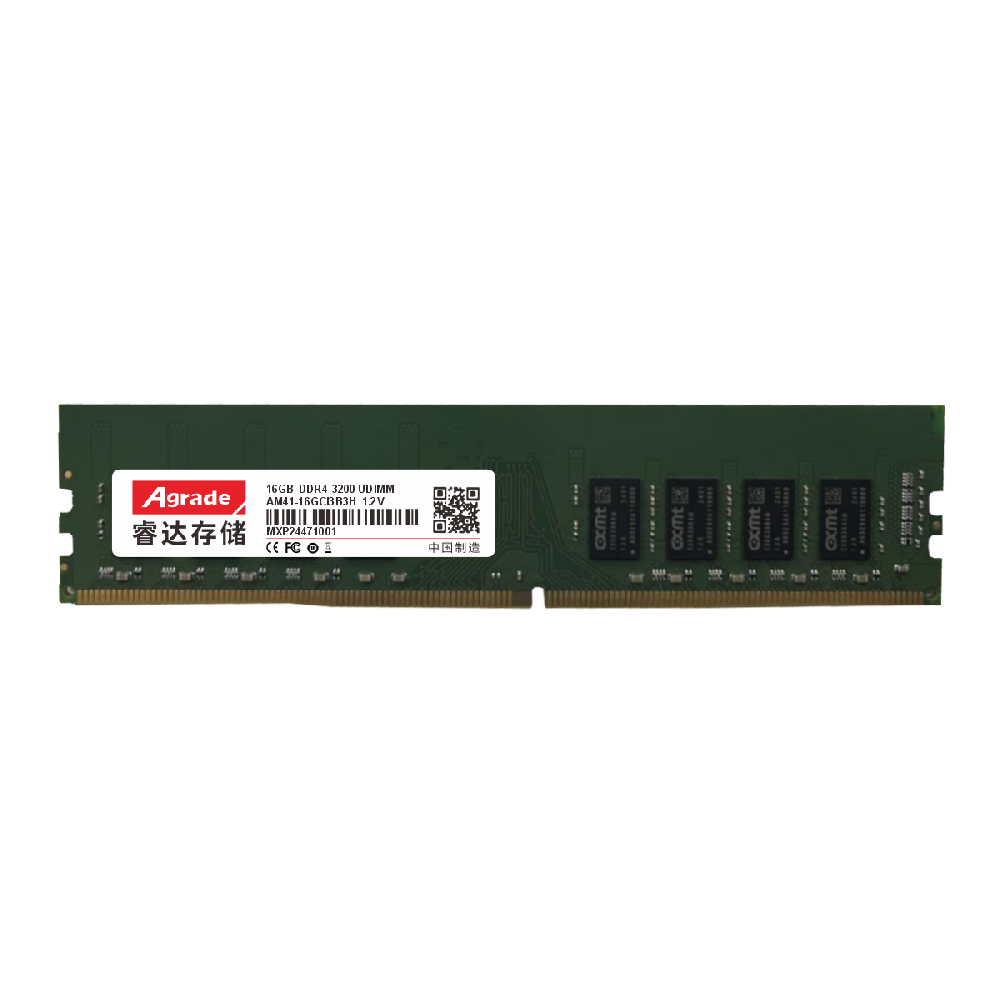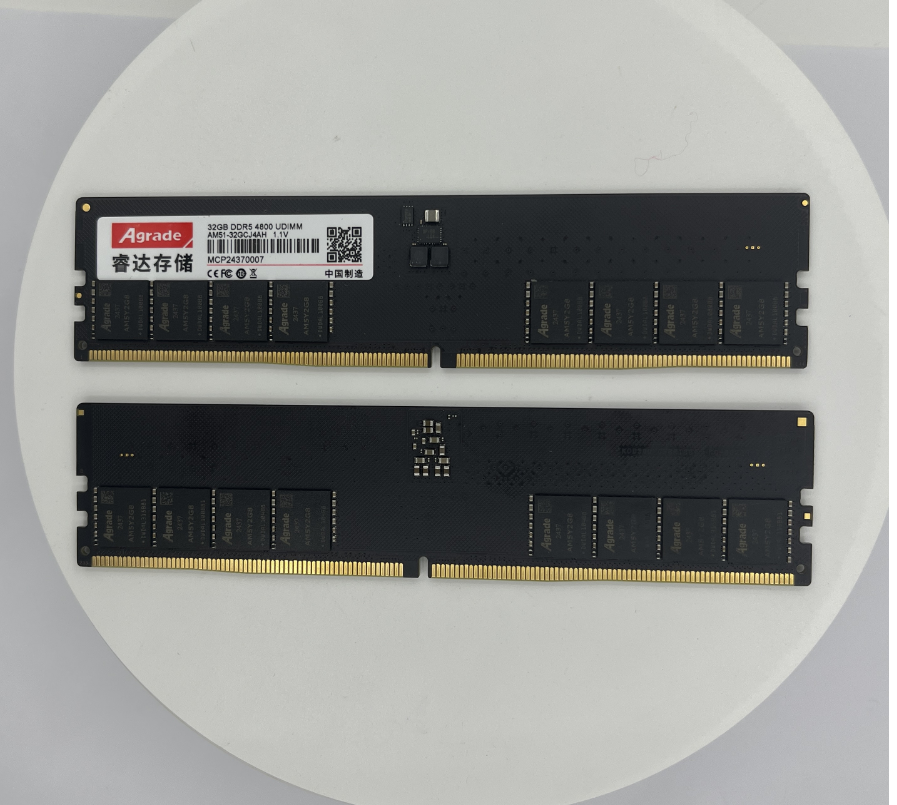

News
 电商部
电商部  2025-10-13 18:19:04
2025-10-13 18:19:04 How to determine the particles and controller used in solid-state drives?
The performance, lifespan, and stability of solid state drives (SSDs) largely depend on the flash memory chips and main control chips used. However, manufacturers usually do not explicitly label this information in product parameters, making it difficult for consumers to judge the true quality of SSDs. This article will introduce several effective methods to help users identify the particle types and main control schemes of SSDs.
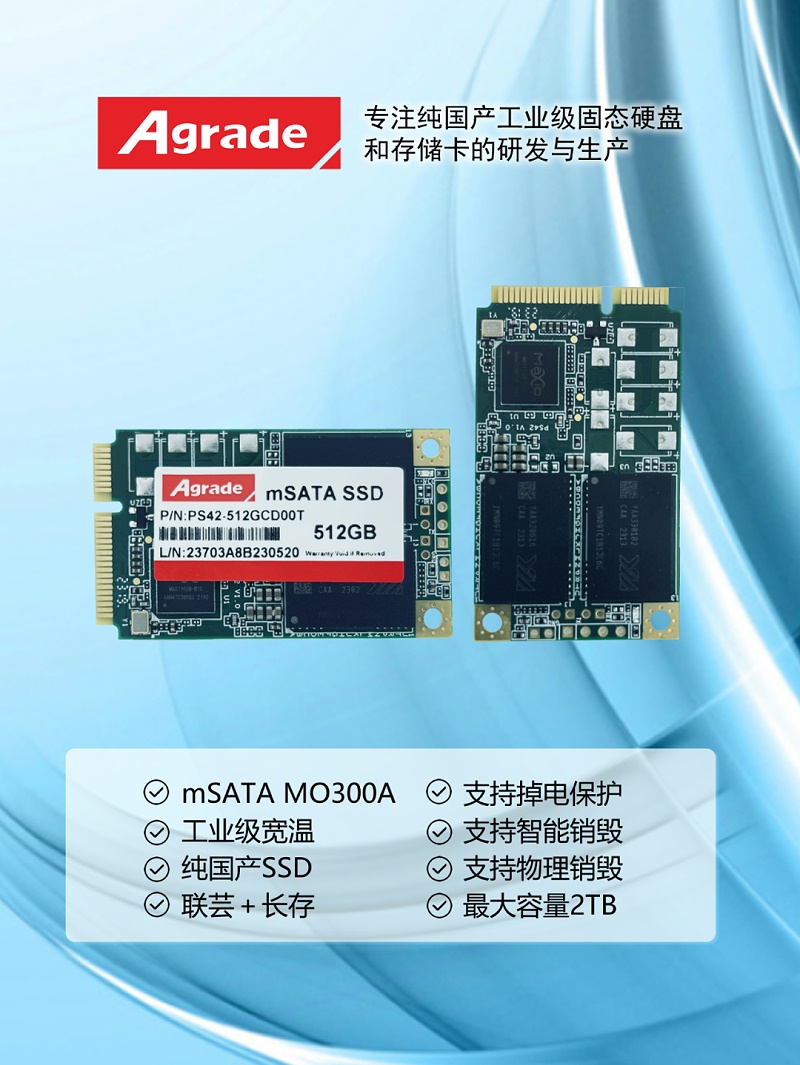
1、 Why should we pay attention to SSD particles and controllers?
1. Flash memory particles determine the lifespan and performance of SSDs
NAND Flash is the core component of SSD for storing data, mainly divided into the following types:
SLC (Single Layer Cell): The longest lifespan and fastest speed, but extremely high cost, mainly used for enterprise SSDs.
MLC (Multi Layer Cell): Balancing performance and lifespan, commonly found in high-end consumer SSDs.
TLC (three-layer unit): High cost performance, but short lifespan, widely used in mainstream consumer SSDs.
QLC (four layer unit): Large capacity, low price, but poor write life and performance, suitable for light use.
Manufacturers of particles (such as Samsung, Kaixia, Micron, Changjiang Storage, etc.) can also affect the stability and performance of SSDs.
2. The main control chip affects the stability and efficiency of SSD
The main control chip (Controller) is equivalent to the "brain" of SSD, responsible for data management, error correction, and wear balance. Famous main control manufacturers include:
Samsung (such as Phoenix, Elpis)
SMI (such as SM2262EN, SM2267)
Phison (such as E12, E18)
Marvel (such as 88SS1092)
Domestic controllers (such as Lianyun MAP1602, Yingren IG5236)
The performance and stability of different controllers vary greatly, and high-end SSDs usually use self-developed or top-level third-party controllers.
2、 How to determine the particle size and controller of SSD?
1. View official specifications and reviews
Manufacturer's official website: Some manufacturers (such as Samsung and Western Digital) will disclose the main control and particle information.
Professional review: TechPowerUp, AnandTech, Tom's Hardware and other websites will disassemble SSDs and analyze their hardware solutions.
2. Use detection tools
CrystalDiskInfo: can view basic information of SSD, but usually does not display the granule and main control model.
Flash ID (applicable to Huirong/Qunlian controllers): Can detect NAND manufacturers and particle types (needs to be run on the command line).
SSD-Z: Provides detailed information such as the controller and flash memory model (some SSDs may not be recognized).
3. Disassemble SSD (operate with caution)
If the SSD is out of warranty or the user has some hands-on ability, they can open the casing to directly view the markings on the main control and particles:
Main control chip: usually printed with the manufacturer's logo and model (such as Phison PS5018-E18).
Flash memory particles: The surface will be labeled with the manufacturer (such as "Kioxia" or Armor Hero) and number, which can be used to query specific specifications.
Attention: Disassembly may result in loss of warranty and requires anti-static measures. It is not recommended for ordinary users to try.
4. Inferring from SSD model
Some SSD models are related to hardware solutions, such as:
Samsung 980 Pro: Equipped with Samsung's self-developed controller and Samsung 3D TLC particles.
TiPlus7100: Controlled by Lianyun MAP1602 and stored in Yangtze River TLC granules.
Kingston KC3000: using group E18 main control+Micron 176 layer TLC particles.
3、 How to choose a reliable SSD?
Prioritize the use of original factory SSD chips, such as Samsung, Kaixia, Western Digital, and Zhi State (Changjiang Storage), for better quality assurance.
Pay attention to the main control solution: High end SSDs usually use Samsung, Marvel, or the latest Qunlian/Huirong main control.
Avoid "black/white chip" SSDs: Some low-priced SSDs may use downgraded chips, resulting in poor lifespan and stability.
summary
To determine the particle size and controller of SSD, it is necessary to combine official information, testing tools, evaluation data, and even disassemble and inspect. For ordinary users, choosing high reputation models from well-known brands is the most reliable solution. If you are a DIY player or pursuing the ultimate cost-effectiveness, you can delve into the hardware solutions of SSDs to avoid pitfalls in low-quality products.

